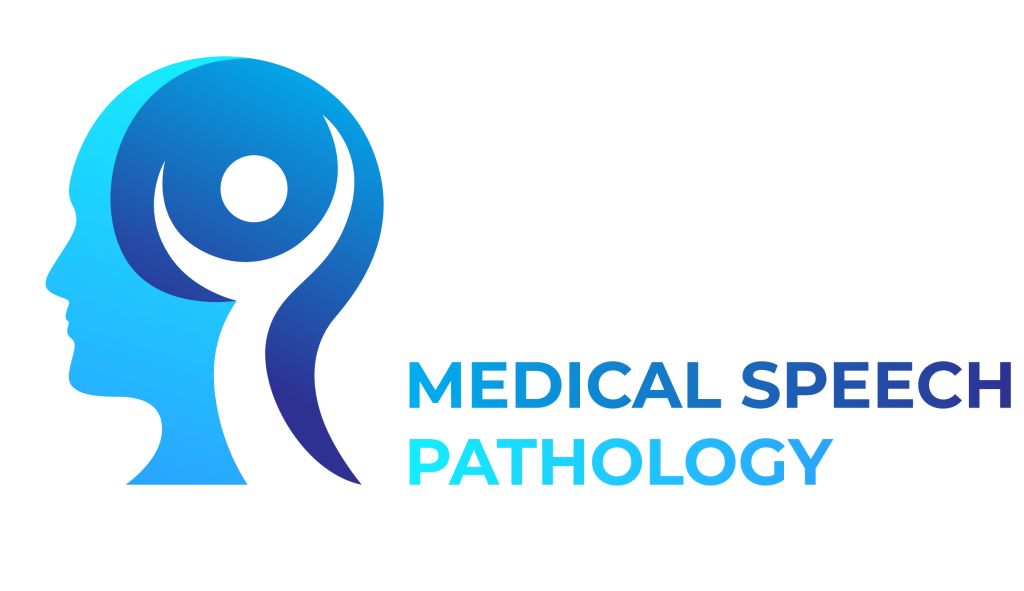Medical Speech Pathology understands the unique challenges faced by individuals with Ehlers-Danlos Syndrome (EDS) in relation to swallowing and communication. The Ehlers-Danlos syndromes are a group of 13 heritable connective tissue disorders that affect connective tissue in the body, and each type of EDS has its own set of features with distinct diagnostic criteria.
EDS can affect various systems in the body, including swallowing, respiration and voice. Medical Speech Pathology has experience working with people with EDS to address their specific needs and goals.
Swallowing in EDS
Dysphagia, or difficulty swallowing, is a prevalent issue among individuals with EDS. This can occur due to hypermobility of structures in the mouth and throat, issues with the upper oesophagus, or muscle weakness/fatigue impacting the normal pressures required for swallowing.
- Connective tissue weakness: EDS is characterized by the weakness and laxity of connective tissues, including those in the muscles and structures involved in swallowing. This weakness can affect the coordination and strength of the muscles used for chewing and swallowing, leading to difficulties in moving food and liquids through the oral cavity and into the throat.
- Hypermobility and instability: Hypermobility of joints and instability of connective tissues can extend to the structures involved in swallowing, such as the temporomandibular joint (TMJ) and the hyoid bone. This can result in reduced stability and control during swallowing, leading to impaired bolus formation, initiation of swallowing, and coordination between swallowing phases.
- Oropharyngeal dysphagia: Oropharyngeal dysphagia refers to difficulties in the oral and pharyngeal phases of swallowing. In EDS, the weakened connective tissues can contribute to impaired tongue control, reduced muscle strength and coordination in the throat, and decreased laryngeal elevation. These factors can result in symptoms such as choking, coughing, sensation of food sticking in the throat, and aspiration (food or liquid entering the airway).
- Gastroesophageal reflux (GORD): EDS is also associated with an increased risk of gastroesophageal reflux disease (GORD), which can contribute to swallowing difficulties. Chronic reflux can lead to irritation and inflammation of the esophagus, causing pain and discomfort during swallowing and affecting the normal movement of food through the esophagus.
- Joint pain and fatigue: Joint pain and fatigue, common symptoms in EDS, can impact the muscles involved in swallowing. Pain or weakness in the jaw, neck, or throat muscles can make chewing and swallowing physically tiring, leading to decreased efficiency and coordination during the swallowing process.
Medical Speech Pathology advocate for diagnostic medical imaging (X-ray or endoscopic assessment) to identify the underlying causes of swallowing difficulties in EDS. A comprehensive diagnostic evaluation can then inform a personalized treatment plan tailored to each person’s unique needs. Intervention aims to improve swallowing function, enhance safety during mealtimes, and ultimately improve overall quality of life.
Voice in EDS
Voice disorders are another common concern among individuals with EDS due to the following reasons:
- Connective tissue weakness: EDS is characterized by the weakness and laxity of connective tissues throughout the body, including those in the vocal folds. This can lead to a variety of voice problems, such as vocal fold bowing, incomplete vocal fold closure, and reduced vocal fold flexibility, resulting in hoarseness, breathiness, and vocal fatigue.
- Hypermobility and instability: Hypermobility of joints and instability of connective tissues in EDS can also affect the larynx and vocal mechanism. Excessive mobility can result in inconsistent vocal fold positioning and control, leading to difficulties in maintaining a stable and coordinated voice.
- Gastroesophageal reflux (GORD): Individuals with EDS may be more prone to gastroesophageal reflux disease, a condition where stomach acid flows back into the esophagus. Chronic reflux can cause irritation and inflammation of the vocal folds, leading to voice changes such as chronic hoarseness, throat clearing, and a rough voice quality.
- Dysfunction of respiratory muscles: EDS can affect the strength and coordination of respiratory muscles, including those involved in breath control for voice production. Weakness or imbalances in these muscles can result in inefficient breath support and impact vocal quality, projection, and stamina.
Our team are dedicated to ongoing learning in this space. We regularly participate in the EDS ECHO program and Global Learning Conferences, as well as wider Allied Health professional development surrounding EDS and HSD.
To find out more about Ehlers-Danlos Syndrome, please visit the EDS Society at: https://www.ehlers-danlos.com
